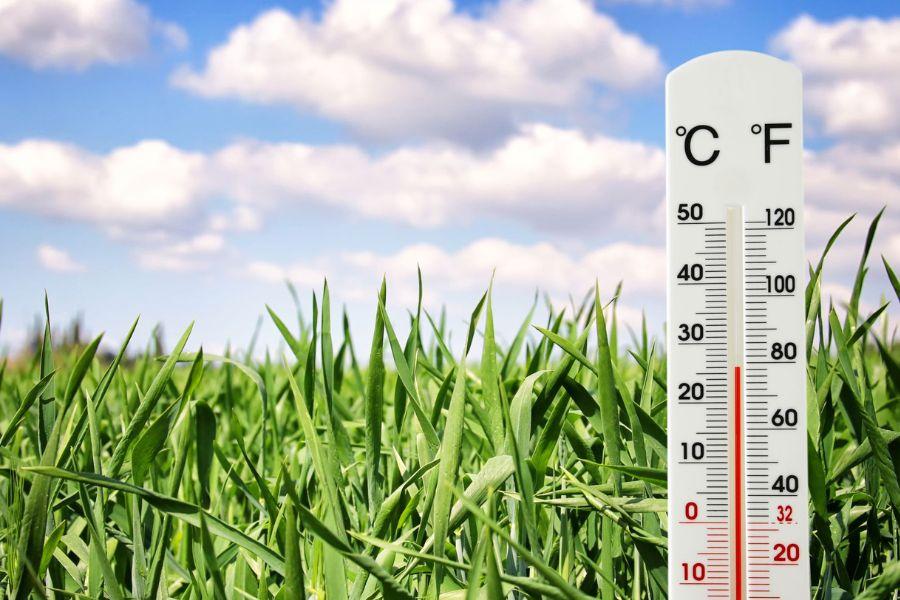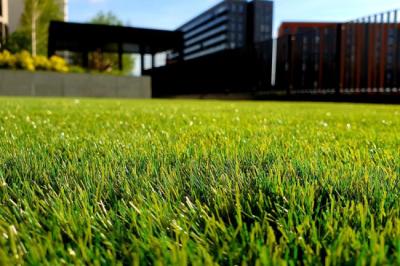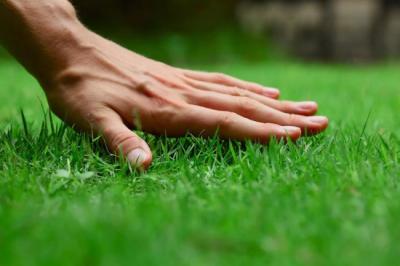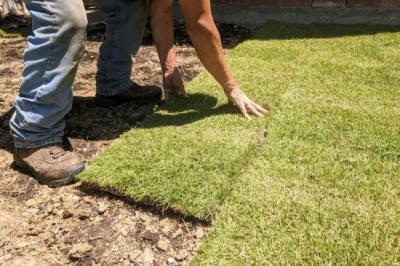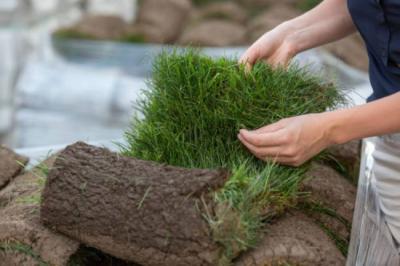No matter the place, be it home or business, if you want your new wholesale sod to look good and blossom, then there are times when it's freezing out for sod. Properly rooting and growing new sod requires certain specifics, one of which is the right temperature. In this text, we will explore the consequences of bloodless temperatures on laying sod, addressing concerns, and imparting steerage for premier effects.
What Degree of Cold Is Too Much for the Wholesale Sod?
Wholesale sod can be highly sensitive to cold temperatures and extreme cold below freezing, typically around 20°F (-6.7°C) or lower. This extreme temperature can significantly impact its quality and health.
- The sod may experience delayed rooting.
- Slowed growth.
- An increased risk of frost damage.
What is the Ideal Temperature for Laying the Grass?
After discussing which temperature is too cold for the sod installation, it’s time to find out about the appropriate temperature for the plantation. Fall and early spring are the seasons considered perfect for laying the sod grass. The temperature stays between 10°C and 24°C (10°F and 75°F).
Temperature Affects the Type of Sod Grass
The Atlanta sod farms explain that the temperature also affects the type of sod grass.
Grasses of the Warm Season
80°F and 95 °F (27°C and 35 °C) temperatures are suitable for growth of warm-season sod grass. Some are Bermuda, Zoysia and St. Augustine, among others.
Cold-Season Grasses
Cold-season sod grasses, inclusive of Kentucky Bluegrass and Fescue, will thrive the best in temperatures between 60°F to 75°F (15°C to 24°C).
What Advantages Do Winter Sod Laying Practices Offer?
Many people would possibly think that the cold weather is not appropriate weather for the sod plantation. The temperature is favorable for installation and can provide the following benefits.
-
Root Establishment: Laying wholesale sod in wintry weather allows for early root establishment, giving the grass a head beginning for the upcoming growing season.
-
Increased Nutrients: With fewer weeds and diseases in winter, sod can grow without dealing with intense opposition for vitamins and space.
-
Winter Moisture: Cooler temperatures mean less evaporation, enabling sod to retain moisture efficiently and promoting better hydration during the establishment phase.
-
Quicker Establishment: While growth is slower in winter, sod laid during this season often establishes more quickly when spring arrives, resulting in a lush, well-rooted lawn earlier in the year.
Can I lay sod in iciness?
Laying wholesale sod in wintry weather usually is no longer encouraged, as the cold temperatures can obstruct root improvement and proper status quo. It's beneficial to look forward to hotter seasons for premiere effects.
What is the first-rate sod to plant in winter?
Choosing cold-tolerant sod types like Kentucky Bluegrass or Fescue is helpful for wintry weather planting. These grasses can resist cooler temperatures and provide higher possibilities of a successful status quo all through less warm seasons.
What is the best month to lay sod?
The ideal month to lay sod depends on the region's climate. However, early fall or spring is generally recommended when moderate temperatures promote optimal root establishment and growth.
Preparing the Soil for Winter Installation by the Sod Company
If you want to lay the sod grass in winter, then understand that it should be done carefully. The best practice is to hire a professional installation team at Sod Farms. The team members will prepare the soil by following these steps.
-
Adequate Aeration: Ensure proper soil aeration permits oxygen and nutrients to attain the grassroots, selling universal soil fitness.
-
Correct pH Levels: The sod company tests and adjusts the soil pH to the encouraged range for the chosen sod range, creating an ultimate environment for root improvement.
-
Improve with Organic Matter: Incorporate the right fertilizer, along with compost, to enhance soil structure and fertility, presenting a nutrient-wealthy foundation for the sod.
-
Proper Grading: Ensure appropriate grading to save waterlogging and facilitate efficient water drainage, reducing the hazard of root rot throughout wintry weather.
-
Weed and Debris Removal: Clear the region of weeds and particles to reduce competition for vitamins and daylight, giving the sod a higher chance to thrive.
The temperature at which wholesale sod is laid significantly impacts its overall health and successful establishment. Cold temperatures can develop challenges due to delayed increases and potential long-term damage. It is critical to follow exceptional practices, pick out the proper time, and observe weather situations to make sure the fulfillment of sod installation. Visit our website today to ensure appropriate installation during the cold winter weather.


